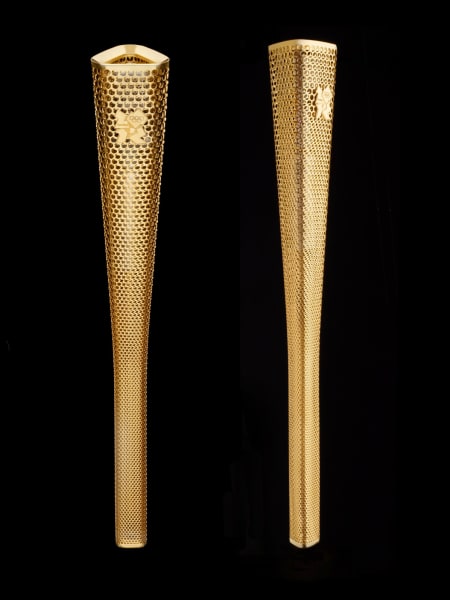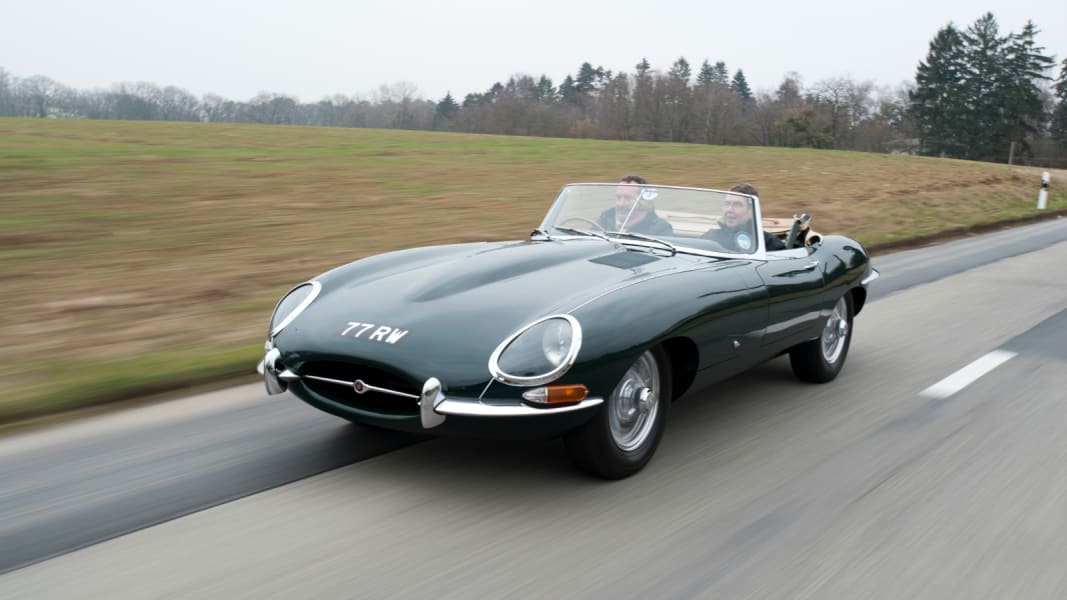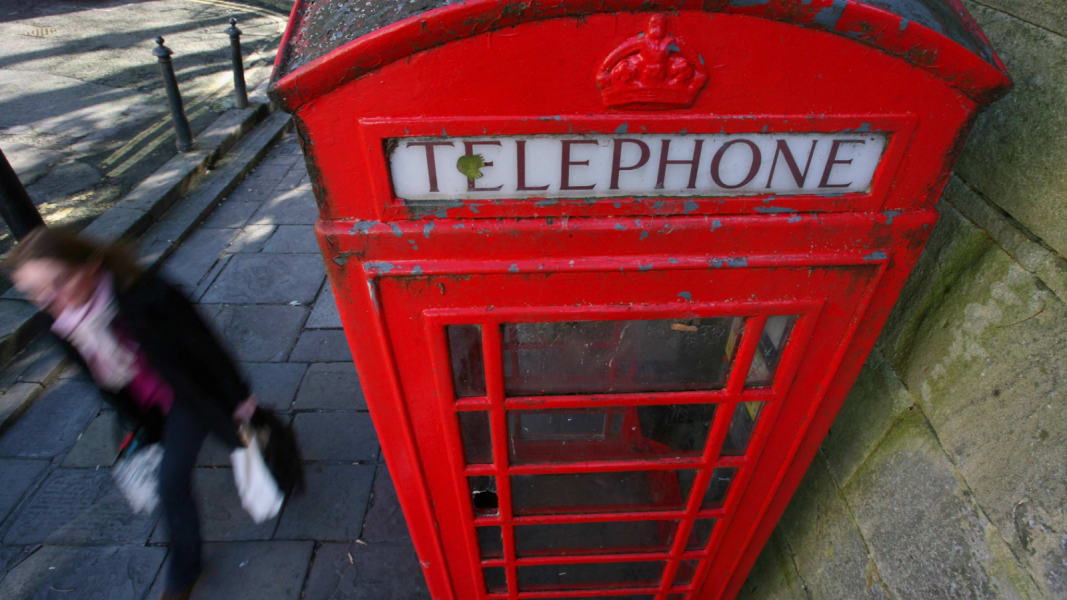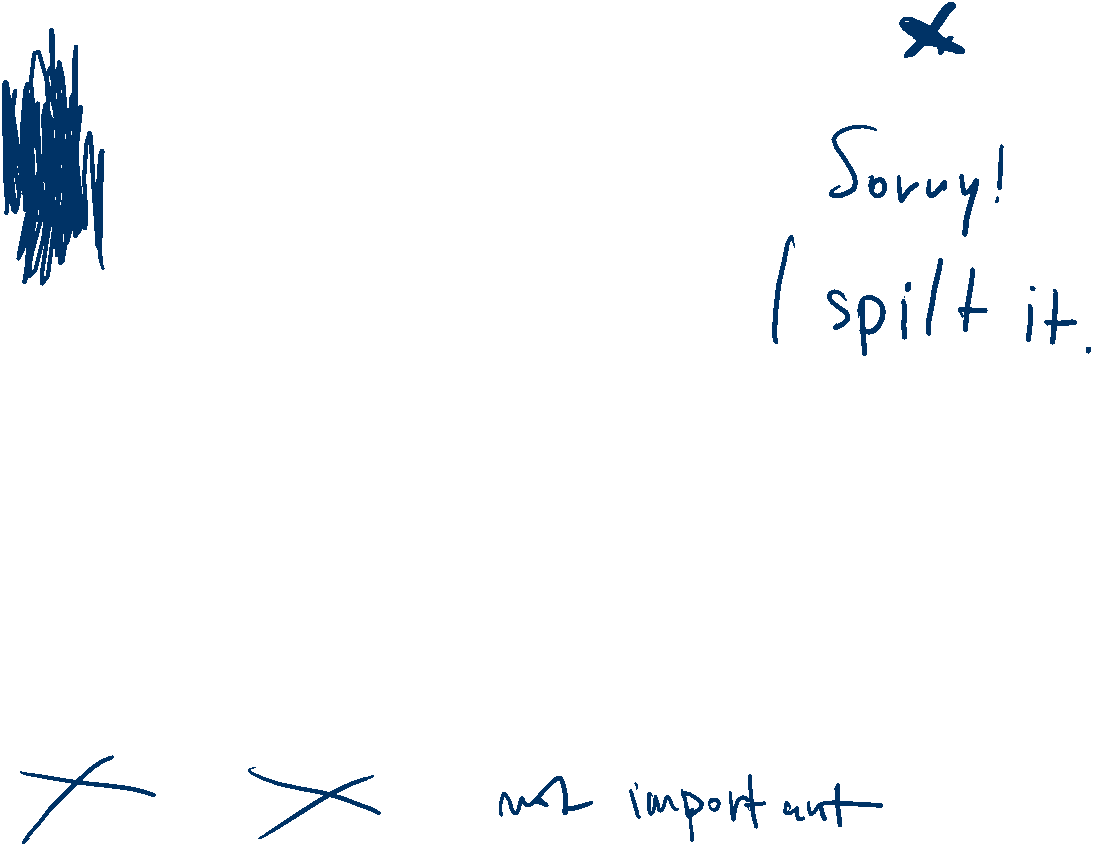Europe
Bold, beautiful, iconic British design
By Sophie Morlin-Yron, CNN
Updated 0853 GMT (1653 HKT) April 21, 2017
Share
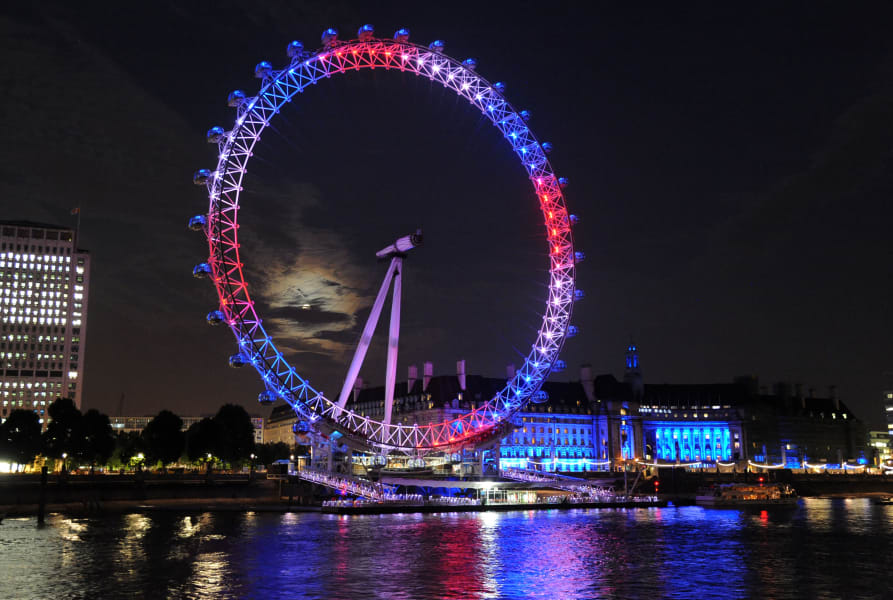

1 of 29
From stunning skyscrapers to flamboyant fashion, perfectly formed household products to streamlined sports cars, British designers have built a reputation for innovation, imagination and style. We take a look at the British designs that have become icons in their own right. Eamonn M. McCormack/Getty Images Europe/Getty Images
Engineer Henry Royce and car dealer Charles Rolls were the joint force behind the celebrated Rolls-Royce brand at the turn of the 20th century. The 1907 Silver Ghost, pictured, was among the most glamorous models produced by a name that became synonymous with luxury and quality. Courtesy Rolls Royce
Aerodynamicist Malcolm Sayer was one of the first to apply the principles of aerodynamics to motor car design, used in Jaguar's elegant 1961 E-Type. Courtesy Jaguar
Less glamorous than the E-type, but no less important, the Mini was born in 1959, when engineer and designer Sir Alec Issigonis designed a small, accessible car by pushing the wheels out to the corners and placing the engine sideways to make more space for passengers. Courtesy BMW Group
Beloved of bikers the world over, the first Royal Enfield Bullet motorcycle hit the road in the UK in the 1930s, with the tagline "Made like a gun, goes like a bullet." Made by one of the oldest motorcycle companies in the world, the Bullet has even been used by the Indian armed forces.
AFP/AFP/AFP/Getty Images
AFP/AFP/AFP/Getty Images
First used by the Royal Air Force in 1938, the Spitfire, a World War II fighter plane, was used in the Battle of Britain in 1940. More than 20,000 Spitfires were built in 22 different variants, with British aeronautical engineer Reginald Mitchell leading the team behind the first design. Chris Jackson/Getty Images
The supersonic passenger jet Concorde was operated by British Airways and manufactured as a collaboration between British Aerospace and French firm Aérospatiale. Despite short flight times -- it could fly from New York to London in just under three hours -- it was not commercially viable, and the fleet of seven aircraft was retired in 2003 after some 50,000 flights since the 1973 maiden journey. But its long, drooping nose and slender wings its appearance as remarkable as its velocity. Tim Matsui/Getty Images
Nestled between more recent additions to the London skyline is Norman Foster's 30 St Mary Axe. Completed in 2003, it's popularly called the Gherkin (a British term for a pickled cucumber), due to its unconventional shape, designed to reduce wind deflection.
Oli Scarff/Getty Images
Oli Scarff/Getty Images
The original Wembley Stadium, with its distinctive Twin Towers, hosted the London 1948 Olympics and England's only football World Cup win, in 1966. Its replacement was designed by Foster and Partners, and features a distinctive 133-meter-high arch. It has a capacity of 90,000 and opened in West London in 2007. Paul Gilham/Getty Images Europe/Getty Images
Based on Royal Mint engraver William Wyon's portrait of Queen Victoria on the so-called City Medal, the Royal Mail's 1840 Penny Black was the world's first adhesive postage stamp. A small stamp with pitch-black ink etchings, its radical design became the model for making stamps around the world. Courtesy Royal Mail
This provocative image was originally featured on promotional posters for the British punk rock band Sex Pistols' "God Save the Queen" single, released to coincide with the Queen's Silver Jubilee in 1977. Like the song's lyrics, the poster, design by British artist and anarchist Jamie Reid, was controversial at the time, but has since been reproduced on everything from mugs to jackets and shirts.
ANDREAS SOLARO/AFP/AFP/Getty Images
ANDREAS SOLARO/AFP/AFP/Getty Images
Designed for David Bowie for the 1996 VH1 Fashion Awards, the now iconic "Union Jack" frock with its frilly black-lace cuffs is one of Alexander McQueen's earliest designs. The theme was revisited in his later creations, including scarves and clutch bags carrying the distinct red, white and blue colors of the Union flag.
MIGUEL MEDINA/AFP/AFP/Getty Images
MIGUEL MEDINA/AFP/AFP/Getty Images
Penguin's classic covers originate from the publishing house's first book, "Ariel," by André Maurois, published in 1935. It was designed by Penguin's first production manager, Edward Young. This was also the birth of the distinctive Penguin logo, which Young sketched using the penguins at London Zoo as models.
Courtesy Penguin Random House
Courtesy Penguin Random House
In 1933 electrical draughtsman Harry Beck straightened out the sprawling squiggly lines of the London tube map, producing a map that was clear, concise and almost beautiful in its sense of order. A radical drawing at the time, the style is still used to help people navigate urban underground networks around the world. Courtesy TFL from the London Transport Museum collection
From George Carwardine to Paul Smith, an array of British designers have made their mark on the adjustable Anglepoise Lamp. The first version was unveiled by Carwardine in 1932, but the classic model pictured is attributed the company's design director Sir Kenneth Grange.
Courtesy Anglepoise
Courtesy Anglepoise
Innovator Alex Moulton introduced the small-wheeled but full-sized bicycle with both front and rear suspension systems for enhanced comfort at the 1962 Earls Court Cycle Show. It ws an instant success and the mold-breaking design became the forerunner of the lightweight small-wheeled bikes and foldable frames popular among urban cyclists today.
Courtesy of the Design Museum
Courtesy of the Design Museum
Frustrated by his vacuum cleaner's poor performance, James Dyson designed the Dual Cyclone in the 1980s. This bagless vacuum design featured what was billed as "cyclonic vacuum technology," which was proudly displayed in the Dual Cyclone's striking transparent body. Courtesy the Design Museum
The early trench coat, patented as the Tielocken by Thomas Burberry in 1912, was designed for soldiers and made from a sturdy khaki-colored material called gabardine, which Burberry himself invented. British troops wore the coat in the World War I trenches, where the weather-proof material kept off the rain and mud. The name trench coat has followed the garment since, but its wartime use has been swapped for fashion shows, with Humphrey Bogart and Kate Moss among the famous modelers of the coat, now found in a range of styles and colors. Getty Images for Burberry
London department store Liberty's iconic and ever-evolving floral, paisley and patterned prints and dress fabrics date back to 1875, when founder Arthur Liberty first set up shop, inspired by Japanese kimonos and Eastern bazaars. Now embraced by the fashion scene, the fabrics have been drawn by artists and designers including Yves saint Laurent and Vivienne Westwood. With their very own exhibition last year at London's Fashion and Textile Museum, the popular prints are now found on anything from sunglasses to socks and scarves.
Eamonn M. McCormack/Getty Images Europe/Getty Images
Eamonn M. McCormack/Getty Images Europe/Getty Images
Now a symbol of youth culture around the world, the eight-holed 1460 Dr Marten's boot, or AirWair, was launched by British brand Griggs in 1960 as a workman's boot. Adapted from a design by German doctor Klaus Märtens, the sturdy and functional "Docs" would grow into a style icon still in production today. While everyone from punks to skinheads have used the boots to express their cultural affiliations, it was the mods, in particular "Who" guitarist Pete Townshend, who kicked off their popularity among teenagers in the sixties.
Ethan Miller/Getty Images North America/Getty Images
Ethan Miller/Getty Images North America/Getty Images
These traditional Scottish checked patterns were once associated with displaying clan kinship, but by the 19th century tartan had become a fashion item. Tartan has now traveled the world and can be found in all sorts of colors and designs, worn by everyone from students in school uniforms to punk rockers. Pascal Le Segretain/Getty Images Europe/Getty Images
Lined with tailors' shops since the 18th century, London's Savile Row is said to be the birthplace of the bespoke and hand-cut modern suit. It was inspired by the first tailless tuxedo, or dinner jacket -- commonly credited to tailor Henry Poole. He made the first such suit here in 1865 for then Prince of Wales and soon-to-be King Edward VII.
Tristan Fewings/Getty Images
Tristan Fewings/Getty Images
Launched at the Wimbledon tennis championship in 1952 and produced only in white for the first few years, designer and tennis champion Fred Perry's original M12 Fred Perry shirt, with the iconic sewn-in logo, was the first sports shirt with a tipped collar. Later favored by everyone from football fans in the 50s to mods and skinheads in the 60s and 70s, the now-classic design was among the first to make the crossover from sportswear to streetwear.
Courtesy Fred Perry
Courtesy Fred Perry
One of Mary Quant's best known designs is the mini skirt, which brought the spirit of the young and liberated to runways in the 1960s, and became a symbol of 60s swinging London.
Stan Meagher/Hulton Archive/Getty Images
Stan Meagher/Hulton Archive/Getty Images
There was a time when no respectable English gentleman would have been seen out without one: these days their use is generally confined to weddings and horse races. The silk top hat emerged in the UK during the 18th century. The first design is commonly attributed to haberdasher John Hetherington, who is said to have caused quite a stir when he walked around London wearing his new creation in 1797. AFP PHOTO/Carl de Souza Getty Images
Now nothing less than a symbol of London itself, the city's red cast iron telephone kiosks were created by Sir Giles Gilbert Scott, who won a Post Office sponsored competition with the design in 1924.
Matt Cardy/Getty Images
Matt Cardy/Getty Images
London's famous double decker Routemasters first entered service in 1956 and have graced countless postcards of the city ever since. Graeme Robertson/Getty Images
Now appearing in a variety of makes and colors, the legendary London black cab, also called a Hackney carriage, evolved from the horse-drawn 17th century horse-drawn Hackney coaches.
Scott Heavey/Getty Images
Scott Heavey/Getty Images
The 2012 London Olympic Games may have been mostly about the blood, sweat and tears of the athletes, but making waves in the world of design was Edward Barber and Jay Osgerby's flaming torch which won the prestigious Design of the Year award in 2012. Its trilateral form was developed to signify a pattern of trinities in the history of the Olympics, and the games' motto: Faster, Higher, Stronger. Imprinted by lasers, the torch's 8,000 circles create a transparency which gives onlookers a glimpse into the heart of the fire. Handout/Getty Images Europe/Getty Images


